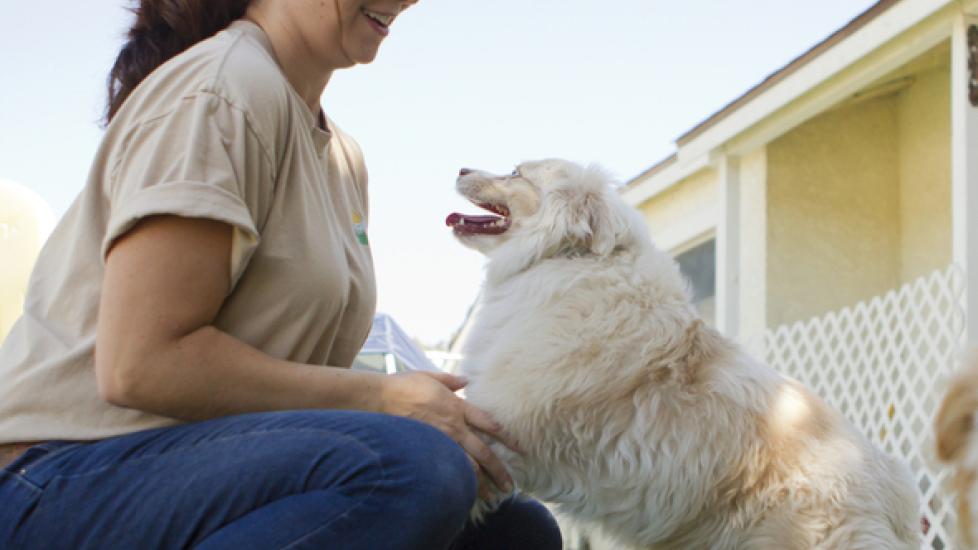In the world of dog training, certain cues are not just about teaching good manners or obedience; they can be life-saving. These critical commands are designed to keep your furry friend safe in emergency situations and should be a fundamental part of every responsible pet owner’s repertoire. Here are four such cues that could potentially save your dog’s life:
-
Stay: This command is crucial for keeping your dog stationary during high-stress moments like road crossings or when you spot another animal approaching that might trigger an instinctive chase response. A well-trained “stay” means your dog will remain calmly in place until given further instruction, reducing the risk of sudden movements that could lead to accidents.
-
Come: Perhaps one of the most important commands of all, “come” teaches your dog to return to you promptly when called. In situations where your dog may wander off or get lost, this cue can mean the difference between finding them quickly and losing precious time. It also ensures that your dog returns safely if it spots something tempting but potentially dangerous, like wildlife or running water.
-
Leave It: Whether it’s food scraps on the ground, a toy belonging to someone else, or even a potentially toxic substance, the “leave it” command trains dogs to ignore temptations and focus on their handler instead. By reinforcing this behavior consistently, you reduce the likelihood of accidental poisoning or conflicts with other animals or people.
-
Drop It/Drop Out: Similar to “leave it,” these commands are used once your dog has already picked up something they shouldn’t have. “Drop it” encourages your dog to release whatever item they’ve found without a struggle, which is especially valuable if they’ve cornered prey or encountered a hazardous object. “Drop out” is often used in competitive obedience trials, but its real-life application could be in getting your dog to disengage from a situation that requires immediate de-escalation.
Training your dog to respond reliably to these commands takes patience, consistency, and positive reinforcement. Each command must be taught separately and reinforced regularly through practice sessions both at home and in different environments. The key is to make each cue meaningful by pairing it with specific actions that reinforce safety and reliability. For instance, rewarding your dog with treats or praise immediately after successful execution can strengthen the connection between the cue and the desired outcome.
Remember, while these commands are powerful tools, they alone do not guarantee your dog’s safety. They should be combined with proper supervision, secure fencing, and consistent recall practices to ensure that your beloved companion remains protected at all times. Always be aware of potential dangers in your environment and how best to prepare your dog to handle them effectively. With dedication and diligence, your dog can become a confident, obedient, and above all, a safe member of society – thanks in no small part to these essential training cues.
